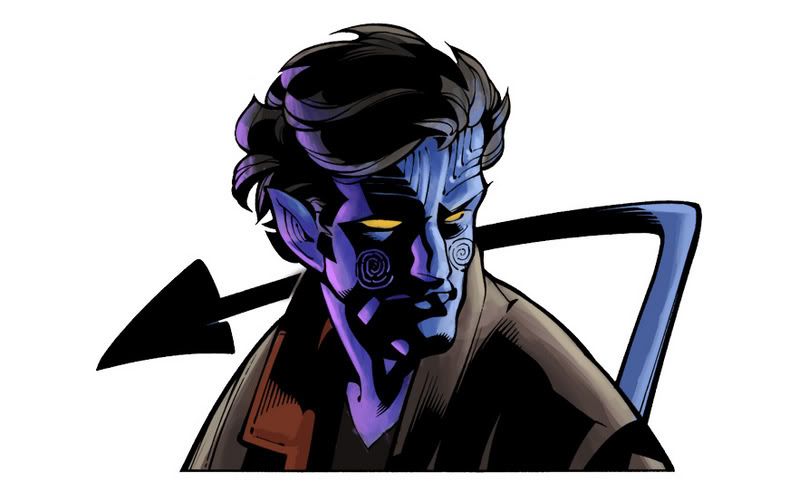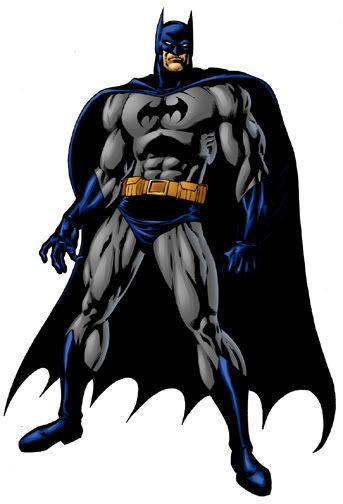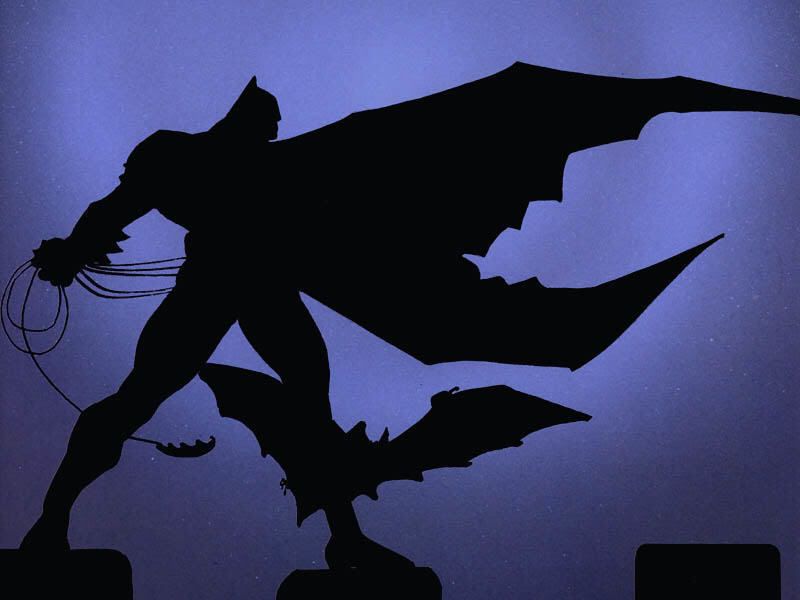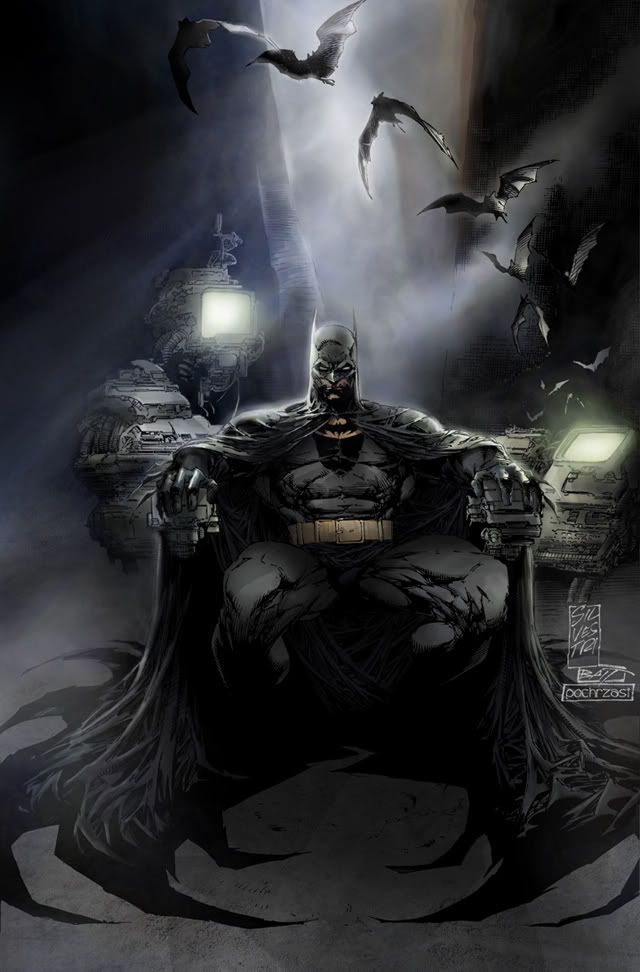DNA Computers, Logic Gate’s Future?
Logic gates are a large and vital part of the foundation on how a computer works. It makes the commands that are give to our systems and the processes of our programs possible by passing and converting binary coding as the coding passes through the computer. It is an important part of all the computer’s functions. Technology is always trying to create these logic gates smaller and smaller and to work faster and faster. As our need for improvement continues, our technology is bound to change from one form to another. Just as this level of microprocessors was unthinkable and science fiction fifty years ago, the processors for our own computer science future might be drastically different.
Our current logic gates are run on silicon transistors and other circuit gates. These logic gates will take in certain inputs and convert then into the needed outputs of the function. For more than forty years these silicon microprocessors have made our computers possible. Today microprocessors, which run with these transistors, are improving at a high rate. More and more electrical devices are placed into smaller and smaller processors. In 1965, a man named Gordon Moore predicted that the number of electrical devices will double every two years. Later on, Moore’s law was termed for the doubling of these electrical devices every eighteen mouths. Though this has remained mainly true to date, silicon microprocessors have a limit. They can only become so small and fast. Since the speed and compactness is based on the limitations of silicon, it was been said that this doubling of microprocessors will reach it’s end. (Bonsor, pg 2, 2000)
Scientists are searching for the next material to replace silicon microprocessors so that our improvement of better computers can continue when our current processors reach their limit. One very promising tool might be DNA. Deoxyribonucleic Acid, or DNA, are the building blocks of our Genes and are found in all living material. DNA works with the storing and passing of information, much in the same way of a computer hard drive. (Bonser, pg 1, 2000) In nature these ‘computers’ run in every living thing. Since they already perform in the same manner of a computer, scientist have found a way to manipulate DNA to work like a logic gate. The current DNA logic gate computer build by humans resemble test tubes rather then the computers we now know. (Lovgren, pg 1, 2003) Rather then sending an electrical output like silicon logic gates, DNA logic gates rely on DNA strain outputs and enzymes. The first DNA logic gates were developed in the University of Rochester. (Bonser, pg 2, 2000) As our knowledge of DNA improves, our ability to manipulate it and our usage of it increases. DNA is small, cheap, and powerful and studies are currently being done to use DNA logic games to build DNA computers.
In 1994, Leonard Adleman, a scientist from the University of Southern California, introduced the idea of using DNA to solve complex mathematic problem. He is known as the father of DNA computers. Adleman wrote a science article on how DNA can be used to solve the Hamilton problem, aka, the traveling salesman problem. The traveling salesman problems is to find the shortest path to a number of cities while only traveling to each city once. In the article he wrote that each DNA was used to represent one of the cities with a four character code to represent each adjacencies and weights. These DNA’s are put in a test tube and strand together. These strands represent the possible answers. As the chemical reaction starts in the test tube, the wrong answers would dissolve and only the right answers will remain. (Bonser, pg 2. 2000)
To better understand where DNA is going, one could look at what computer accomplishments were done in the past and compare them to what is being done with DNA computers today. One great example is the game Noughts and Crosses, or Tic-Tac-Toe. Tic-Tac-Toe is a well known game with a three by three grid where players attempt to place three in a straight line first. One not so known ‘break through’ of computers was, as some people put it, the first computer game Noughts and Crosses.
The computer game Noughts and Crosses was first implanted by A. S. Douglas in 1952 at the university of Cambridge in the United Kindom. The game was made on one of the first programmable computers called the EDSAC. It was a vacuum tube computers that had 32 mercury delay lines, each storing 16 words of 32 bits. EDSAC had 600 instructions. Because computers were so rare at the time, everything that was programmed on EDSAC could only be run at that university. (Winter, 2008)
Douglas was working on his PhD dissertation on Human and computer interaction. So he programmed a game that would pit a person against a computer in a game of Tic-Tac-Toe. The system would let the user pick who would go first then use a telephone dialer for each move the user can make. This predates most every other computer game. (Winter, 2008)
A wonderful piece of computer science history but what does that really have to do with DNA computers? Well Douglas’s game was the first of many. It was a clear sign on how far computer technology was coming and a sign that it can do in the future. In the same way DNA computers have proven they have gotten that far and serious implementations can be used for future use. In 2003 a DNA computer was built that was unbeatable at a game of Noughts and Crosses.
The new Tic-Tac-Toe game was created on a DNA computer called the MAYA. It was invented by Milan Stojanovic who was from Columbia University in New York and Darko Stefanovic who was from University of New Mexico in Albuquerque. The ‘computer’ resembled more of a laboratory dish table yet working with DNA and Enzyme’s chemical reactions, it works and calculate just like a computer. The end result was a three by three array well of laboratory dishes. Each well contains complicated chemicals and DNAs which give off chemical reactions to all other wells. The players create their moves by pouring different chemical into the mixture. The wells will light up, or glow, accordingly. After the user’s well glows, the chemical reaction will cause the right well to glow the computer‘s color. (Pearson, 2003)
One hundred tested games were played on the MAYA system and the computer never lost any of them. It would either win or tie. (Pearson, 2003) Though it works flawlessly, the problem with the computer is that it needs human help to pour in the right chemicals into the mixture. That person must know exactly what he/she is doing and what chemicals to use. That may seem like a big problem but many of the first computers needed the same amount of help, only without complicated chemicals. This is one example of DNA computer application. Like the passing of a torch, as Douglas’s program was a foreshadow of things to come, the MAYA computer might be a sign of DNA computers to come.
DNA computers are still very new and its applications are still underdeveloped, but there are some real benefits to using them. These benefits drive scientist into further study in this field. Since this planet is full of organic life, there is a huge supply of DNA available. This supply is cheap, easy to get, and can be gathered without harming the environment or mankind. Our current microprocessors contain many toxic materials which later on become toxic waste, but DNA is a very clean and environmentally friendly metrical. Also DNA computers are much smaller then any silicon based computers that are used today. (Bonser, pg 3, 2003)
Having learnt much over the years, computer and genetic scientists speculated the great improvement DNA will give computers. A trillion bio-computers could fit inside a single drop of water and would be more powerful than any supercomputer ever built. Just one pound of DNA has the ability to hold more data then all electrical devices combined. To get a finer tuned comparison, a space of one cube centimeter could hold ten trillion DNA molecules. It would store up to 10 terabytes of data and could do 10 trillion calculates at a time. (Lovgren, pg 1, 2003; Bonser, pg 3, 2003)
Sound unbelievable? Yet DNA is just that well designed. Mankind has only been working on computers for sixty plus years. The DNA in our very own cells are much more powerful and complicated then anything humans have invented.
DNA can also run calculation parallel to each other. This is a feat that our current electrical based computers cannot accomplish. Since our current computers can only do one task at a time, what would take it years to calculate would take the DNA computer hours. (Bonser, pg 3, 2003) Since DNA works parallel it could perform tasks and solve problems that our current computer can not. It would also be better for solving ‘fuzzy’ logic problems. (Lovgren, pg 1 & 2, 2003)
DNA computer are years away from applying these benefits but progress is being made at a steady pace. Like the very first computers, DNA computers will probably be available for governments and large businesses before they reach the public. (Bonser, pg 3, 2003)
In conclusion, computer science has always been a fast changing field. If computer chips wish to continue to improve, new ideas and materials need to be used. No computer designed by man can even compare to the designed DNA found in nature. It is faster, smaller, and cheaper. Scientist have proven that it can be manipulated to be used as a computer. As the future approaches, do not be surprised if more and more DNA parts are found in home and personal computers. David Hawksett, a science judge at the Guinness World Records, said it best as DNA computers “Is an area of research that leaves the science fiction writers struggling to keep up," (Lovgren, pg2, 2003)
Bonsor, Kevin. "How DNA Computers Will Work." 17 November 2000. HowStuffWorks.com. 4 - 17 - 09 <>
Lovgren, Stefan “Computer Made from DNA and Enzymes.” February 24, 2003 National Geographic News 4 - 17 - 09 <>
Winter, David “Noughts And Crosses - The oldest graphical computer game” 2008 Pong-Story 4 - 15 - 09 <>
Pearson, Helen “DNA computer unbeaten at tic tac toe. Noughts and crosses automaton heralds medical robots. “ Natural News 2003 BioEdOnline 4 - 16 - 09 < art="437">























